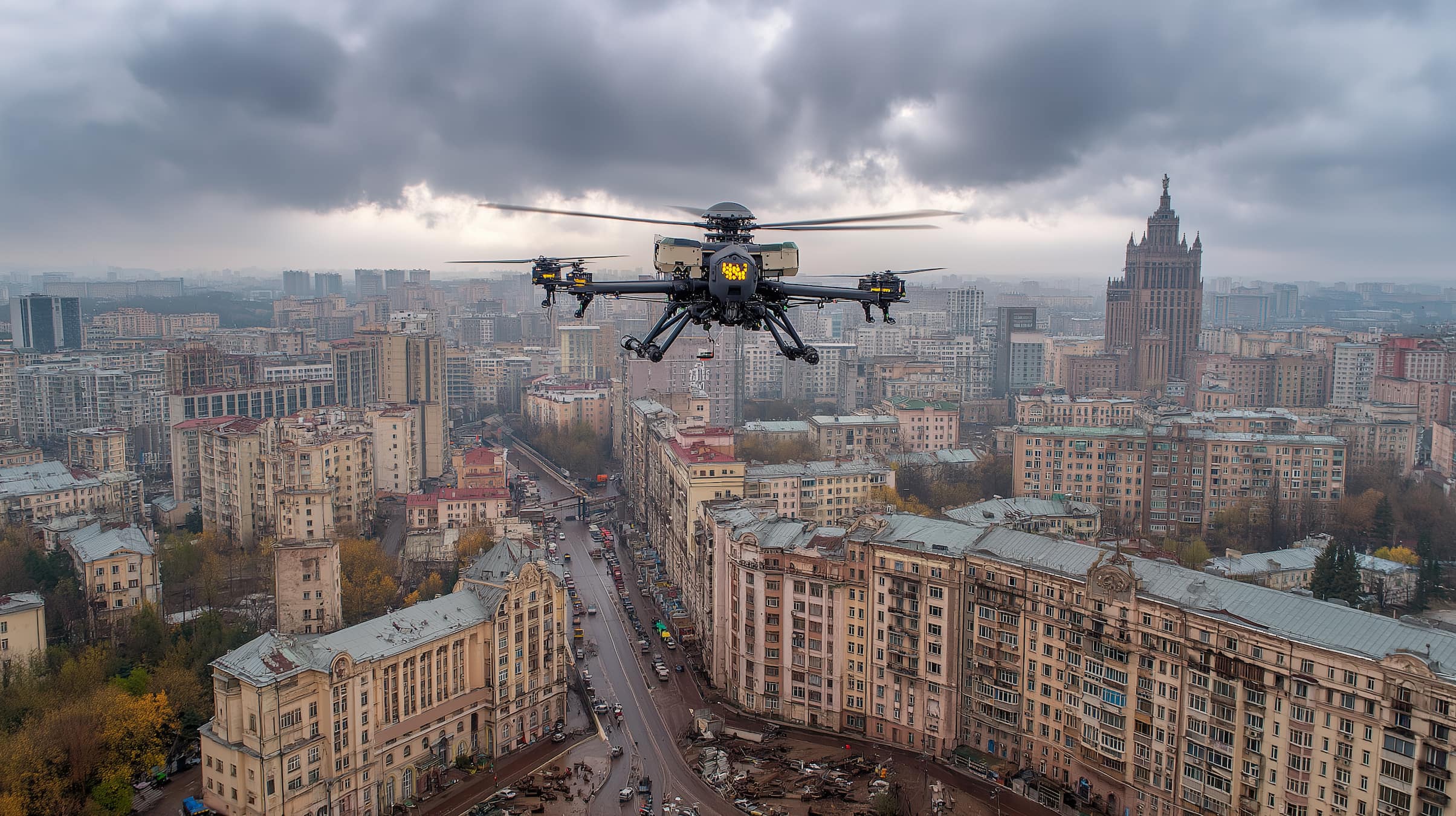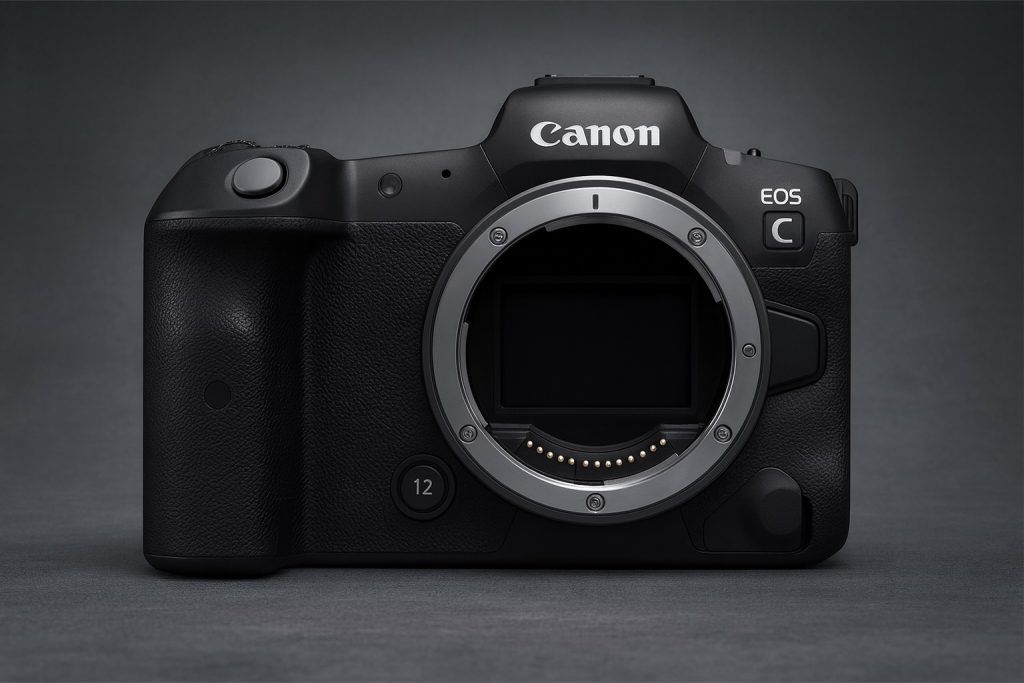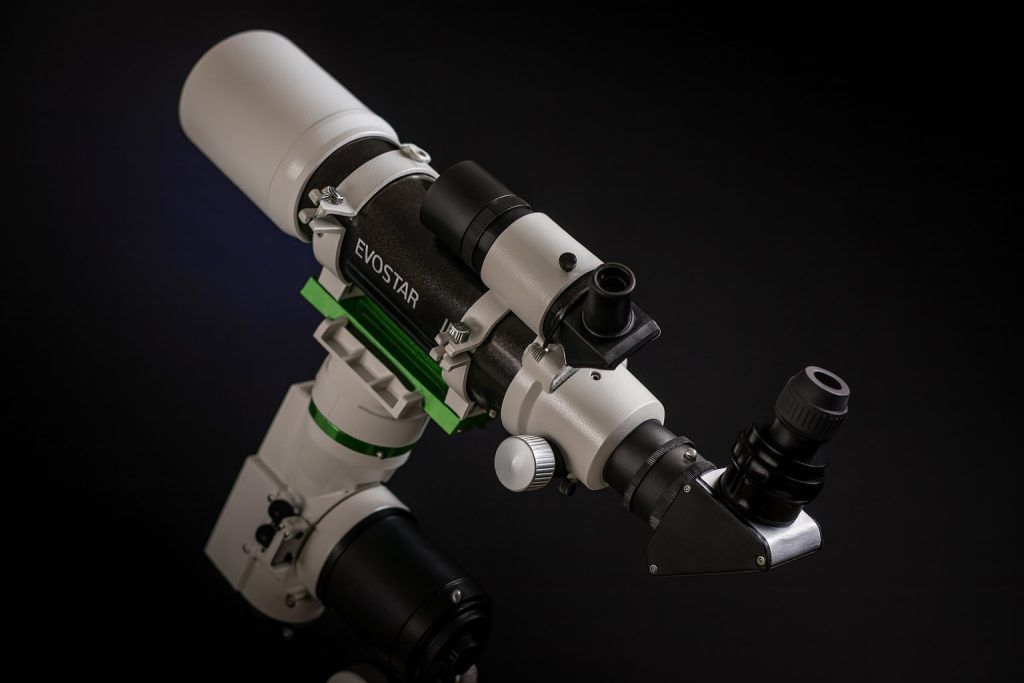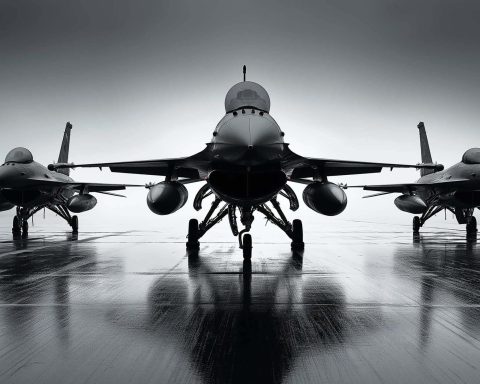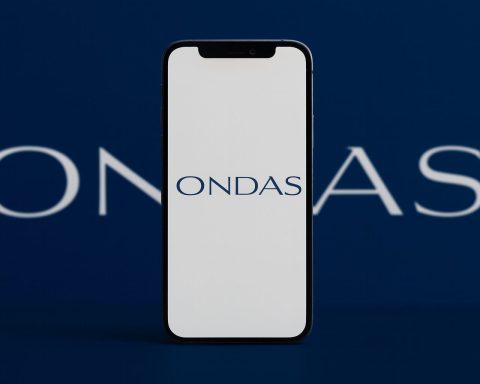- Recreational drones weighing 20 kg or less are exempt from state registration and do not require a pilot license in Ukraine.
- Commercial drones, regardless of weight, must be entered in the State Register of Civil Aircraft and require an operator certificate and a certificate of airworthiness.
- There is no dedicated drone pilot license or exam for civilian UAV operators in Ukraine.
- Ukraine currently has no Remote ID requirement for drones.
- The general maximum altitude is 120 meters above ground, but 50 meters in controlled or sensitive airspace near airports or special zones.
- Drones must be kept in visual line of sight at all times and cannot be flown more than roughly 500 meters from the operator.
- No-fly rules include within 5 km of airports’ runways (Kyiv’s Boryspil International and Sikorsky/Juliani), 3 km for smaller airfields, and prohibitions on flying over government/military sites, critical infrastructure, or densely populated crowds.
- For flights outside standard rules, pilots must obtain an airspace-use permit from UkSATSE or the State Aviation Administration, typically requiring the request at least 10 working days in advance.
- Since February 2022, Ukraine closed civilian airspace via NOTAM; through 2025 civilian drone flights require military authorization under martial law.
- In July 2025, the Ministry of Defense reduced regulations for military drones, with most Class I drones under 2 kg no longer needing to be registered.
Flying a drone in Kyiv, Ukraine requires navigating a complex web of regulations – made even stricter by the ongoing war. This comprehensive guide breaks down everything you must know about recreational vs. commercial drone use, registration and permits, altitude limits, no-fly zones, privacy rules, penalties, and special wartime restrictions. Before you launch a drone in Kyiv’s skies, read on – violations can carry serious consequences.
Recreational vs. Commercial Drone Use in Ukraine
Recreational (hobby) drone flying is legal in Ukraine, including in Kyiv, without any pilot license or drone registration required for small drones under 20 kg [1]. Hobbyists can fly for fun as long as they obey the safety rules discussed below. In contrast, commercial drone operations are more tightly regulated. While Ukraine does allow commercial drone flights, operators must register their drones with the authorities (regardless of drone weight) before flying for business purposes [2] [3]. Notably, Ukraine does not currently mandate a dedicated “drone pilot license” or certification for either recreational or commercial pilots of small drones [4]. In other words, you don’t need a special license to fly a drone, but if you’re earning money or conducting business (aerial photography, surveys, etc.), you do need to register that drone with the State Aviation Administration.
Insurance and liability: Ukraine has no mandatory drone insurance requirement at this time, even for commercial use [5]. However, carrying liability insurance is recommended for all operators to cover any damage or injury, especially for commercial flights. The absence of mandatory insurance means hobbyists and businesses should be extra cautious – any accident could make the pilot fully liable under general civil laws.
Registration, Licensing, and Operator Requirements
Drone registration: Under Ukrainian law, drones used purely for sports, hobbies or leisure and weighing 20 kg or less are exempt from state registration [6]. This covers virtually all consumer drones (DJI, etc.) used recreationally. Commercial drones (any weight) or heavier drones must be entered in the State Register of Civil Aircraft, similar to manned aircraft registration [7]. In practice, this registration process can be cumbersome – it involves obtaining a certificate of airworthiness and an operator certificate, akin to manned aviation requirements [8]. In fact, enforcement has been lax; although registration is legally mandatory for commercial UAVs, virtually no small drones had been registered as of recent reports [9]. During the war, authorities have further relaxed registration (discussed later), but the rule remains on paper.
Pilot licensing: There is no dedicated drone pilot license or exam for civilian UAV operators in Ukraine at present. Traditional pilot licensing requirements do not apply to UAV pilots of small drones [10]. The law does not require any formal qualification or training for most drone users (again, assuming the drone doesn’t require registration). That said, pilots are expected to be in a fit mental/physical state and familiar with their equipment. The only exception is for certain government-operated drones – government agencies may require their drone pilots to be certified internally [11]. For everyday users, no license is needed, though you should thoroughly understand the rules before flying.
Equipment requirements: Ukraine currently has no Remote ID requirement (broadcast transponder) for drones [12]. Basic maintenance and safety checks are expected but there are no special technical standards beyond general aviation safety rules. Notably, if your drone uses radio frequencies (which it does), Ukrainian law requires that it comply with local radio equipment regulations – meaning the drone’s communications gear should be approved for use (most off-the-shelf drones are fine). Also, importing a drone into Ukraine is generally unrestricted, but you may need to declare the device with customs and ensure its radio transmitter meets standards [13].
Altitude and Distance Limits
When flying in Kyiv or anywhere in Ukraine, drone pilots must obey strict altitude and distance restrictions designed to keep drones out of manned aircraft airspace and away from people on the ground. Key operational limits include:
- Max Altitude: Drones are generally limited to a 120 meter (394 ft) maximum height above ground in unrestricted areas [14]. However, in controlled or sensitive airspace (e.g. near airports or in special zones), the limit is only 50 m (164 ft) without special permission [15]. In simple terms, if you’re in Kyiv’s city airspace or unsure of airspace status, assume a 50 m altitude cap unless explicitly allowed higher. Staying below rooftop level of most buildings is wise in the city.
- Visual Line of Sight (VLOS): You must keep the drone within your own visual line-of-sight at all times [16]. Spotters or first-person-view goggles cannot be used to circumvent this – one way or another, the pilot needs to be able to see the UAV with unaided eyes. This effectively limits how far you can fly; as a guideline, do not let your drone go further than about 500 meters from you horizontally [17].
- One Pilot, One Drone: You are not allowed to operate multiple drones at once. A remote pilot may only control a single UAV at a time, and must be in control of it (no fully autonomous swarms) [18]. Each drone needs its own dedicated operator.
- Distance from People: For safety and privacy, maintain a safe distance from individuals and crowds. Do not fly closer than 30 m (98 ft) to any bystander who isn’t involved in the flight [19]. For groups of people, give an even wider berth: at least 50 m from small gatherings (up to a dozen people) and 150 m (492 ft) from large crowds [20]. In practice, this means you should avoid flying over any public event, busy street, or congregation of people.
- No Overflight of Urban Congestion: It is prohibited to fly over “assemblies of people in the open air” or “densely built-up urban areas” [21] [22]. This rule essentially bars drone flights over central Kyiv’s crowded streets, major squares, residential districts, etc. without special permission. You can fly in parks or outskirts if people are sparse, but buzzing over downtown or above traffic is off-limits.
- Daylight Only: All drone operations must be conducted in daylight conditions (officially, between sunrise and sunset) [23]. Night drone flying is not allowed unless a specific authorization is obtained (which would be rare, especially during wartime curfews).
- Max Speed: Drones cannot be flown faster than 160 km/h (100 mph) [24] – a limit that most hobby drones won’t reach anyway, but it prevents use of high-speed UAVs in civilian airspace.
- Yield to Manned Aircraft: If a manned aircraft (e.g. helicopter or plane) is nearby, you must stay at least 500 m away from it and safely land your drone immediately [25]. Of course, in controlled airspace you shouldn’t be there at all – this rule is a safety net to avoid mid-air collisions.
By following these altitude and distance limits, you greatly reduce the risk of interfering with other air traffic or endangering people on the ground [26]. Always err on the side of caution – if for any reason maintaining these distances isn’t possible, don’t fly.
No-Fly Zones and Restricted Areas
Ukraine designates a number of no-fly zones where drones are strictly forbidden to operate. In a large city like Kyiv, it’s critical to know these restricted areas – many are obvious (airports, government buildings) but some might surprise you. Flying in a prohibited zone without special permission is illegal and can get you into serious trouble. The main no-fly zones and areas with flight restrictions include:
- Airports and Flight Paths: It is illegal to fly a drone within 5 km (3.1 miles) of any airport’s runways [27]. Kyiv has two airports (Boryspil International and Kyiv Sikorsky/Juliani); a 5 km radius around them is a strictly enforced no-drone zone. This essentially covers a huge portion of the city for Sikorsky Airport since it’s urban – absolutely no drone flights there. Smaller airfields or heliports have a 3 km no-fly radius [28]. Always map out your location relative to airports. Even outside these radii, if you’re anywhere near an approach/departure corridor, exercise extreme caution.
- State Border Areas: Drones must not fly across Ukraine’s national borders, nor within restricted border zones [29]. While Kyiv is not near an international border, this rule matters if you travel with a drone to border regions. (It also means you cannot let your drone stray into Belarus or Russia from northern Ukraine – a scenario that could spark serious incidents.)
- Government and Military Sites:All government, law enforcement, and military facilities are strictly off-limits to drones. Ukrainian regulations explicitly ban flights over any sites under protection by agencies such as the Ministry of Defense, Ministry of Internal Affairs, Security Service (SBU), National Police, National Guard, presidential/government buildings, and other sensitive installations [30]. In Kyiv, this means you cannot fly anywhere near places like the Verkhovna Rada (Parliament), the President’s Office, military barracks, police stations, or critical government offices without special permission. These protected locations may not always be marked, but many will have signage indicating “No Drone Zone.” Even if not marked, authorities will react swiftly if a drone is spotted over such a location.
- Critical Infrastructure: It is permanently forbidden to fly over certain critical infrastructure, due to safety and national security. This includes power plants, electrical substations, hydroelectric dams, nuclear facilities, fuel storage depots, seaports, railways and train stations, prisons, and similar high-risk sites [31] [32]. For example, Kyiv’s thermal power plants or the Dnipro river dams are no-drone areas. Similarly, industrial zones and any facility that could pose a hazard if damaged (or that could be a strategic target) are generally off-limits. Ukraine’s rules specifically state airspace over nature reserves or environmentally hazardous industrial sites (like nuclear power plants) is constantly banned for flights [33].
- Crowded Public Areas: As mentioned earlier, drones cannot be flown over open-air assemblies of people or densely populated areas [34]. In Kyiv, this covers concerts, protests, sports stadiums, busy plazas, beaches in summer, etc. You should avoid flying over any crowd at any altitude – it’s both a safety hazard and a violation of the regulations.
- Temporary Restricted Zones: Ukrainian authorities can also declare temporary no-fly zones for security or safety reasons. For instance, if there’s a VIP visiting (foreign dignitary) or a military event, they may ban all drones in a certain area for that period. Such temporary restrictions are published via NOTAMs or public announcements. Always heed any local orders by police or security forces – under martial law they have broad powers to restrict drone usage (for example, during air raid alerts or after an attack, civilians might be told not to fly anything).
Keep in mind that most of central Kyiv falls under one or more of these no-fly categories (dense urban environment, presence of government buildings, proximity to an airport). In effect, casual drone flying in the city center is not allowed. The safer locations to operate a drone would be open areas on the outskirts of Kyiv, away from crowds and sensitive sites – but even then, with the war ongoing (see below), any unapproved drone flight can draw unwanted attention. When in doubt, assume an area is restricted and seek permission if you truly need to fly there. The onus is on the pilot to avoid prohibited zones [35].
Permit Requirements and Airspace Authorizations
Given the many restrictions above, you might be wondering: what if I need to fly higher, at night, or in a restricted area for a valid reason? In Ukraine, any operation that falls outside the “standard” drone rules (under 20 kg, below altitude limits, outside no-fly zones, etc.) requires obtaining an official permit for airspace use. This applies to certain commercial flights (e.g. filming in a city center or near an infrastructure site) or specialized activities. Getting a permit involves coordinating with Ukraine’s aviation authorities in advance:
- Airspace use application: Pilots must submit an application to UkSATSE (Ukrainian Air Traffic Services Enterprise) or the State Aviation Administration for approval of the flight plan in controlled airspace. The request typically needs to be made at least 10 working days in advance [36]. For foreign operators or sensitive cases it could be even longer. The application would detail where and when you intend to fly, at what altitudes, and must justify the operation.
- Coordination with local authorities: If you plan to fly a drone for commercial purposes in a city like Kyiv or in a restricted zone, you must coordinate with the relevant authorities (local government, police/military, etc.) and receive explicit permission [37]. For example, filming a large event may require clearance from the city administration and police. Flying near an airport would require coordination with air traffic control. Without written permission, it is illegal to proceed.
- Permits for commercial ops: As noted, commercial drone use requires registration in Ukraine, but beyond that, certain commercial flights need an operational permit per flight. A permit (sometimes referred to as an airspace use permit or flight permit) can be obtained from the Civil‐Military Air Traffic Management system if all conditions are met. Essentially, any flight that goes “beyond the standards of free use” must be pre-approved [38]. This might include flying above 50 m altitude, flying at night, flying in a normally banned area, or using a heavier drone. Authorities evaluate such requests case-by-case.
- Process: The State Aviation Administration (SAAU) had published a flowchart and procedures for obtaining airspace permission [39]. It involves registering as an airspace user (if not already), then submitting your flight request with details like location, altitude, time window, drone specs, and pilot info. The request will be reviewed by air traffic control and military if necessary. If approved, you’ll be issued a NOTAM or permit letter for that operation. If denied, you must not fly. There is no “on the spot” permit – it must be obtained in advance.
In summary, most casual drone pilots will not go through this permit process, as it’s intended for significant operations. But it’s important to know that if your planned flight cannot satisfy the standard rules (for instance, a rooftop inspection that requires hovering 80 m high in central Kyiv), you do need to pursue formal authorization or you risk breaking the law. During the war, getting such approvals might be extremely difficult because of heightened security (in many cases, authorities simply won’t allow it). Always contact the SAAU or UkSATSE well ahead of time if you believe you need a flight waiver or permit.
Privacy and Data Protection Rules
Ukraine does not yet have any drone-specific privacy legislation – no special “UAS privacy law” exists that only applies to drones [40]. However, this doesn’t mean you can disregard privacy concerns when flying a drone. General privacy and data protection laws absolutely apply to drone operations. Key points to consider:
- Respect others’ privacy: When flying in Kyiv’s populated areas, do not film or photograph people without consent in places where they have an expectation of privacy. For example, peeking with your drone camera into someone’s apartment window or backyard is likely a violation of privacy laws. Ukraine’s Law “On Personal Data Protection” protects an individual’s personal data and image; publishing or sharing footage of identifiable persons without permission could lead to civil liability. Always err on the side of caution – if your drone has a camera, avoid pointing it at people who haven’t agreed to be filmed.
- No spying or surveillance: It is illegal to use drones to harass or spy on individuals. Even though there’s no drone-specific statute, existing laws against stalking, unauthorized surveillance, or collection of confidential information would apply. The Ukrainian Criminal Code and other acts prohibit unlawful collection or distribution of personal data. Using a UAV to eavesdrop or record someone’s private activities could land you in legal trouble.
- Restricted content: Be very careful about what you record or broadcast. Do not capture sensitive government or military facilities on camera, even incidentally. In wartime Ukraine, filming critical infrastructure or defense positions isn’t just a privacy issue – it could breach military secrecy or aid the enemy. There have been cases of individuals arrested for posting videos of air defense sites or aftermath of strikes, as it can reveal tactical information. As a drone operator, you should avoid recording checkpoints, troop movements, or strategic objects, and certainly don’t post such footage on social media.
- Data security: If you do take aerial photos/videos, protect that data. Under martial law, authorities might inspect your footage if they suspect you captured something sensitive. Also, be mindful that some drone models (from foreign manufacturers) might store data on cloud servers – it’s wise to disable any automatic upload features to avoid potential data leaks.
In essence, maintaining privacy and avoiding surveillance is both a legal and ethical obligation. While Ukraine works on modernizing its drone laws (likely to eventually include EU-style privacy rules), as a pilot you should self-regulate: respect private spaces, obtain consent when needed, and don’t be intrusive. This will keep you on the right side of the law and also help drones be seen positively by the public.
Penalties and Legal Consequences for Violations
Ukraine treats drone violations seriously – especially now, given security concerns. Penalties can range from fines to imprisonment, depending on the severity of the offense and the danger caused. Here’s what you risk by breaking drone laws in Kyiv:
- Fines for administrative violations: For most typical infractions (flying where you shouldn’t, not adhering to altitude limits, etc.), you can be cited for an administrative offense. Fines range roughly from ₴1,020 up to ₴8,500 UAH (Ukrainian hryvnia) for violating drone regulations [41]. The amount depends on the specific law breached and whether it’s a repeat offense. Authorities (police or SAAU inspectors) can seize your drone and issue a fine on the spot if you’re caught in a no-fly zone or endangering people.
- Criminal liability for serious incidents: If your drone use endangers other aircraft or causes significant harm, you could face criminal charges. Notably, causing a threat to a manned aircraft or leading to an accident can result in 3 to 15 years of imprisonment under Ukrainian law [42]. For example, if a drone were to interfere with a passenger plane or cause a helicopter crash, the operator would likely be charged with a grave crime (such as violating air safety rules or even terrorism, depending on intent). Likewise, if your drone activity results in someone’s injury or death on the ground, you could be criminally prosecuted.
- Equipment confiscation: In all cases of illegal drone use, expect that law enforcement will confiscate your drone and equipment. Drones used in violation may be taken as evidence and might not be returned. In wartime, authorities have even more leeway to seize unmanned aircraft they deem suspicious.
- Martial law enforcement: Because Ukraine is under martial law, penalties can be imposed more swiftly and harshly for anything deemed a security threat. An unauthorized drone flight in Kyiv right now could get you detained by police or military on suspicion of espionage or sabotage, even if you intended no harm. The General Staff of the Armed Forces has the authority to enforce the airspace closure – violating it is essentially breaking martial law orders [43]. This could lead to charges beyond the usual civil aviation offenses. At a minimum, you’d be escorted for questioning and face a hefty fine; at worst, if the circumstances are suspect (e.g. flying near a military site), you could be handed over to the SBU (Security Service).
- Additional consequences: Aside from legal penalties, a drone pilot who causes damage can be held financially liable for all losses. For instance, if your drone crashes through a window or causes a car accident, you might have to pay for repairs and damages in civil court. Without insurance, this comes out of pocket. Ukraine’s civil code allows those harmed to sue for compensation. And if your actions violate privacy, the affected party could also pursue a lawsuit.
In short, the risks far outweigh any reward if you break the rules. Pay close attention to the regulations – fines and confiscation will ruin your trip or project, and no-fly zones are no joke in a country at war. Always fly responsibly, or don’t fly at all.
Special Wartime Rules and Restrictions (Since 2022)
Russia’s full-scale invasion in 2022 dramatically changed the landscape for drone usage in Ukraine. Under the realities of war, the government has imposed extraordinary restrictions on civilian drone flights, while also harnessing drones as a vital tool for defense. Anyone looking to operate a drone in Kyiv today must consider the following wartime measures and changes:
- Airspace closed to civilians: Since the invasion began, Ukraine has officially closed its entire airspace to all civilian flights – including drones [44]. A NOTAM (Notice to Airmen) issued in February 2022 (and still extended through 2025) prohibits all aircraft operations by civilians. Only state aircraft or flights expressly authorized by the Ukrainian military can operate [45]. In practice, this means no private drones should be flying anywhere in Ukraine without high-level clearance. While small hobby drones might still be flown in some relatively safe areas, doing so is technically against the martial law restrictions unless you have permission from the military authorities. In Kyiv, which has been a target of missile/drone attacks, the airspace lockdown is taken very seriously – any unidentified drone is assumed to be a hostile or illicit device.
- Martial law and local bans: Under martial law, regional authorities (in Kyiv and elsewhere) can impose additional drone bans. For example, during periods of intense threat, local governments have outright banned civilians from launching drones, even for hobby use, to prevent confusion or espionage. These local restrictions may not always be widely announced for security reasons, but one should assume that any drone use in Kyiv requires military or police go-ahead first. If you’re a journalist or aid worker needing drone footage, you must coordinate with the Ukrainian Armed Forces/Ministry of Defense and get explicit approval. Random enthusiasts flying a drone for fun in the capital right now are likely to be stopped and questioned at minimum.
- Drone use in defense efforts: On the other hand, the Ukrainian government has actively mobilized drones for defense. In fact, at the start of the war, Ukraine’s Ministry of Defense called on civilian drone owners in Kyiv to volunteer their UAVs and piloting skills to help monitor Russian troop movements [46]. Civilian drones have been enlisted as spotters for the army, and volunteer drone squads formed. This doesn’t mean free-for-all flying – those operations were coordinated through the military (e.g. Kyiv’s territorial defense units). It shows that private drones were essentially repurposed for official use when needed. Unless you are participating in an approved defense initiative, you cannot just fly even if your intentions are good.
- Simplified rules for military UAVs: As the war progressed, Ukraine recognized that its pre-war drone regulations were too restrictive for rapidly deploying drones on the battlefield. In July 2025, the Ministry of Defense scrapped many “outdated” regulations for drones used in warfare, simplifying the requirements for military and tactical UAVs. For example, *most Class I drones (small “micro” drones under 2 kg like DJI Mavics, and “mini” drones up to 15 kg) no longer need to be registered in the state aircraft registry [47]. The Defense Ministry removed burdens like requiring drone operators to have full pilot medical exams and even abolished a rule that had required drone pilots to put identifying labels on their drones (which was dangerous in combat) [48]. In short, the military made it easier to get drones in the air for defense purposes – cutting red tape so soldiers and approved volunteers can operate drones under martial law without jumping through civilian regulatory hoops.
- Import and supply of drones: In response to wartime needs, Ukraine also lifted customs duties and VAT on importing drones and drone parts intended for defense [49]. This means thousands of drones have been flooding in to aid Ukraine’s military. While this doesn’t directly affect a drone pilot in Kyiv, it underscores that the only priority use of drones right now is military. Civilian hobby use is sidelined by comparison. If you bring a drone into Ukraine in wartime, expect questions about why – and it’s best if you’re donating it or using it for a sanctioned purpose.
- Heightened enforcement and jamming: With both Russian and Ukrainian forces employing drones, the electronic warfare environment is intense. The authorities in Kyiv have deployed technologies to detect and disable unauthorized drones, including signal jammers and DJI Aeroscope systems that can pinpoint a drone pilot’s location [50]. If you fly an unapproved drone, you might quickly find it knocked out of the sky or traceable by security units. Additionally, DJI (the major drone manufacturer) has geofencing capabilities – there were concerns Russia might pressure DJI to geofence all of Ukraine (as was done in Syria) to ground drones [51]. Ukrainian users have found workarounds, but the point is that war can lead to sudden drone no-fly firmware updates or electronic countermeasures. Always check current information – what was flyable yesterday might be electronically blocked today.
Bottom line during the war: If you are a civilian in Kyiv, do not expect to casually fly a drone until hostilities subside. The default stance is no – unless you have a compelling reason and the Ukrainian military’s blessing. The rules we described earlier (registration, altitudes, etc.) still exist in theory, but martial law and security directives override them. In many ways, the war has made the skies over Kyiv effectively military domain. This is for everyone’s safety: Ukrainian air defenses are on hair-trigger for enemy drones or missiles, so a stray quadcopter could even risk being shot down or confuse defense systems. It’s simply not wise or lawful to put a drone up in the air unless you’ve gone through all proper channels.
Conclusion: Drone laws in Kyiv, Ukraine combine standard aviation rules with unique wartime restrictions. Recreational drones are allowed under 20 kg without licensing, and commercial drones require registration, but all drones must follow strict limits on altitude (50–120 m), line-of-sight, daytime-only flight, and avoidance of no-fly zones like airports, government/military areas, and crowds [52] [53]. Privacy should be respected despite no drone-specific law [54], and violations carry fines or even prison in severe cases [55]. Since 2022, martial law has essentially grounded civilian drones in Kyiv without special authorization [56]. Always check the latest local rules before flying – when in doubt, get official permission or don’t fly at all. By adhering to these regulations, you ensure the safety of others and yourself in the vibrant but vigilant skies over Kyiv.
Sources: Regulations summarized from the State Aviation Administration of Ukraine and Ukrainian Air Code [57] [58]; UAV Coach & Drone Laws guides [59] [60]; Asters Law analysis [61]; Ministry of Defense wartime directives [62]; and official NOTAMs under martial law [63]. Always refer to current official publications for up-to-date information.
References
1. drone-laws.com, 2. drone-laws.com, 3. www.asterslaw.com, 4. drone-laws.com, 5. drone-laws.com, 6. www.asterslaw.com, 7. www.asterslaw.com, 8. www.asterslaw.com, 9. www.asterslaw.com, 10. www.asterslaw.com, 11. drone-laws.com, 12. drone-laws.com, 13. eba.com.ua, 14. www.asterslaw.com, 15. www.asterslaw.com, 16. www.asterslaw.com, 17. uavcoach.com, 18. drone-laws.com, 19. uavcoach.com, 20. uavcoach.com, 21. drone-laws.com, 22. eba.com.ua, 23. uavcoach.com, 24. drone-laws.com, 25. www.asterslaw.com, 26. www.asterslaw.com, 27. drone-laws.com, 28. drone-laws.com, 29. drone-laws.com, 30. drone-laws.com, 31. uavcoach.com, 32. uavsystemsinternational.com, 33. www.asterslaw.com, 34. eba.com.ua, 35. drone-laws.com, 36. uavcoach.com, 37. drone-laws.com, 38. drone-laws.com, 39. drone-laws.com, 40. www.asterslaw.com, 41. uavcoach.com, 42. uavcoach.com, 43. safeairspace.net, 44. safeairspace.net, 45. safeairspace.net, 46. www.dronewatch.eu, 47. unn.ua, 48. english.nv.ua, 49. ts2.tech, 50. www.dronewatch.eu, 51. www.dronewatch.eu, 52. www.asterslaw.com, 53. eba.com.ua, 54. www.asterslaw.com, 55. uavcoach.com, 56. safeairspace.net, 57. drone-laws.com, 58. www.asterslaw.com, 59. uavcoach.com, 60. drone-laws.com, 61. www.asterslaw.com, 62. unn.ua, 63. safeairspace.net
